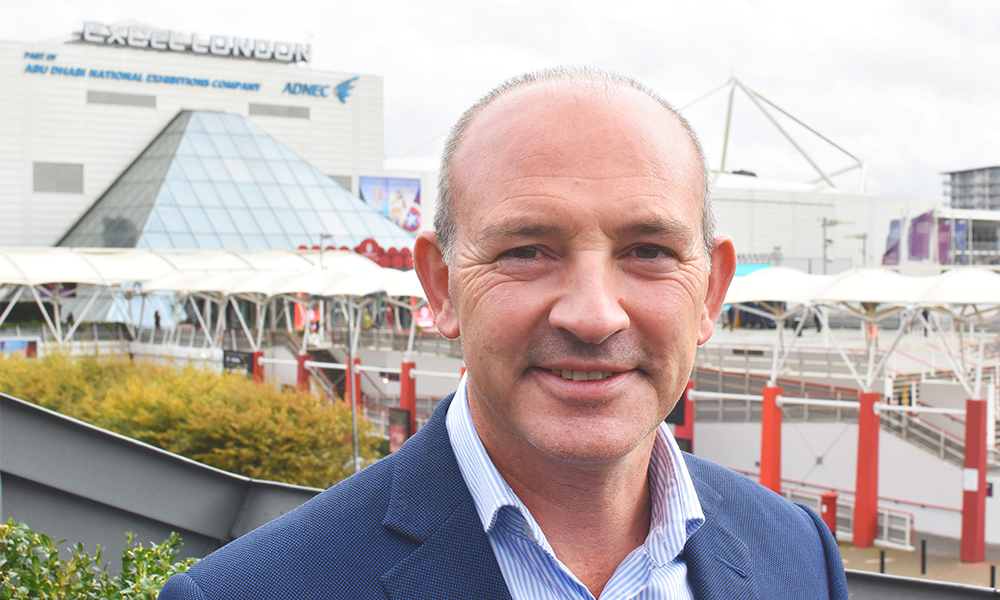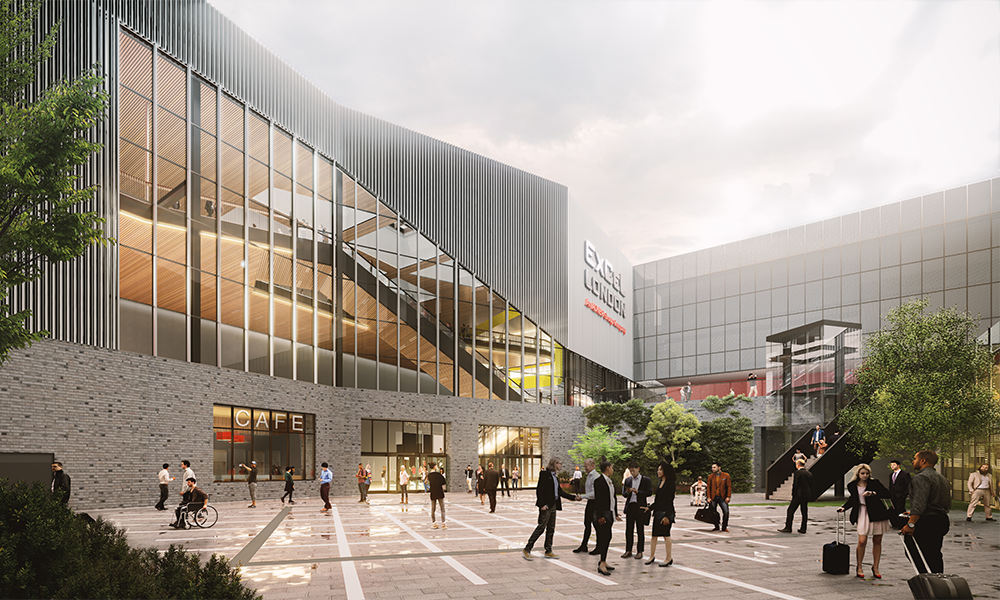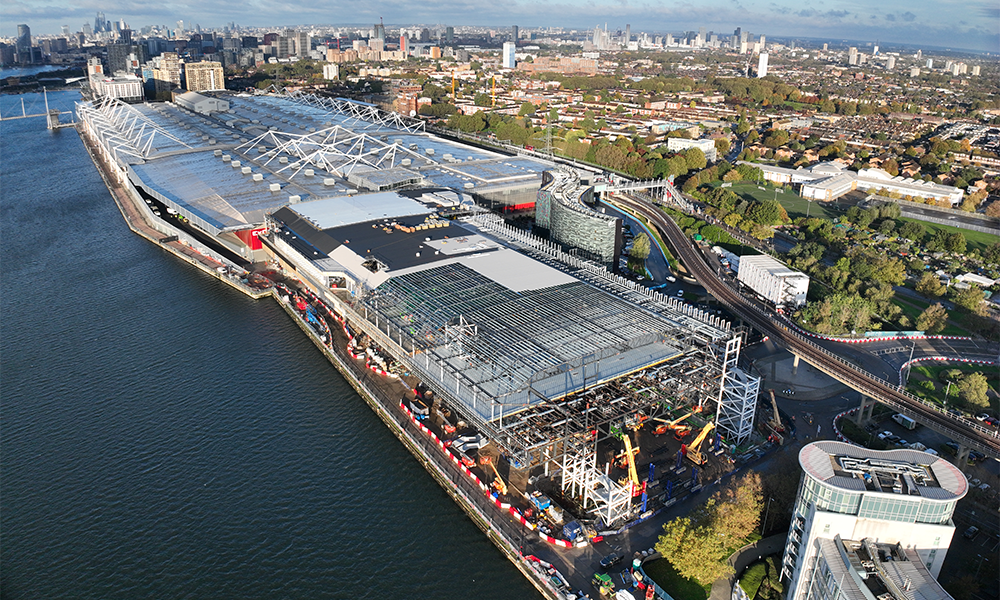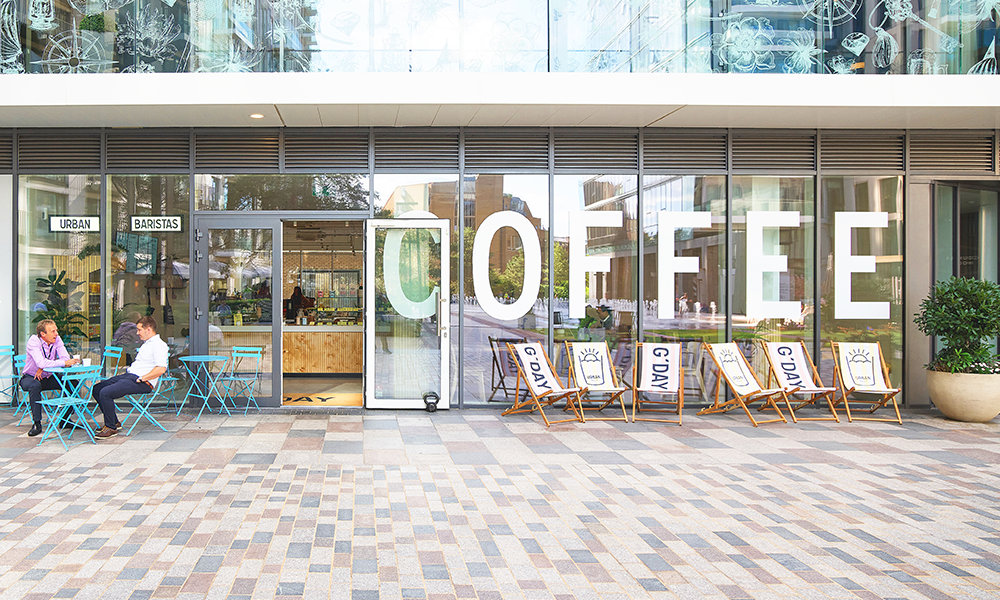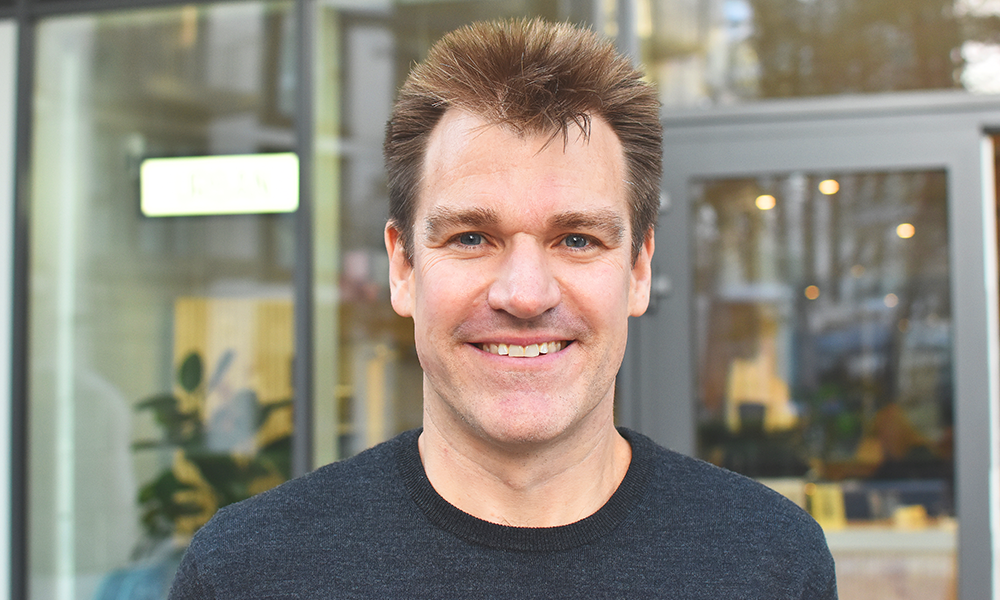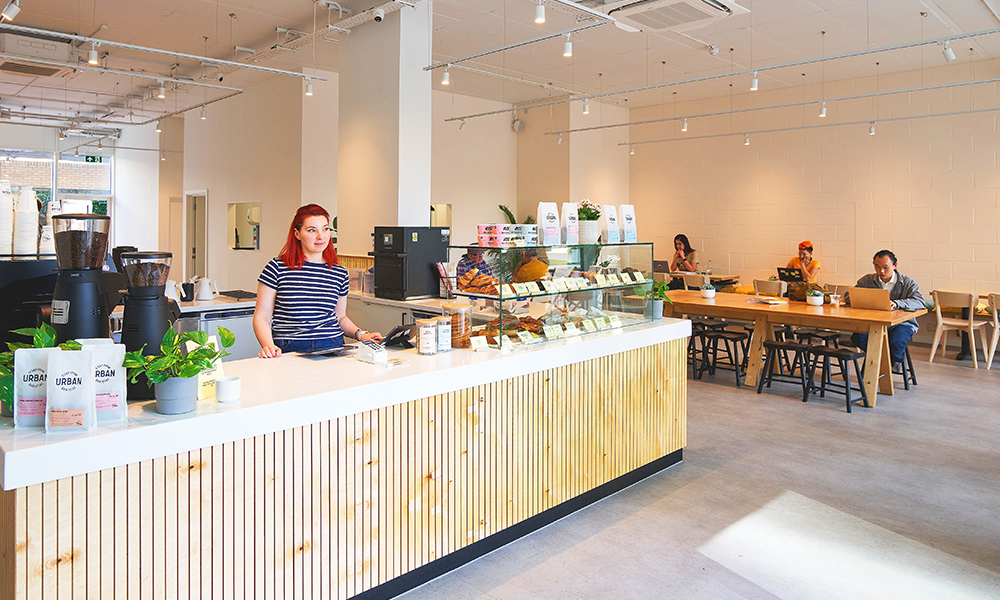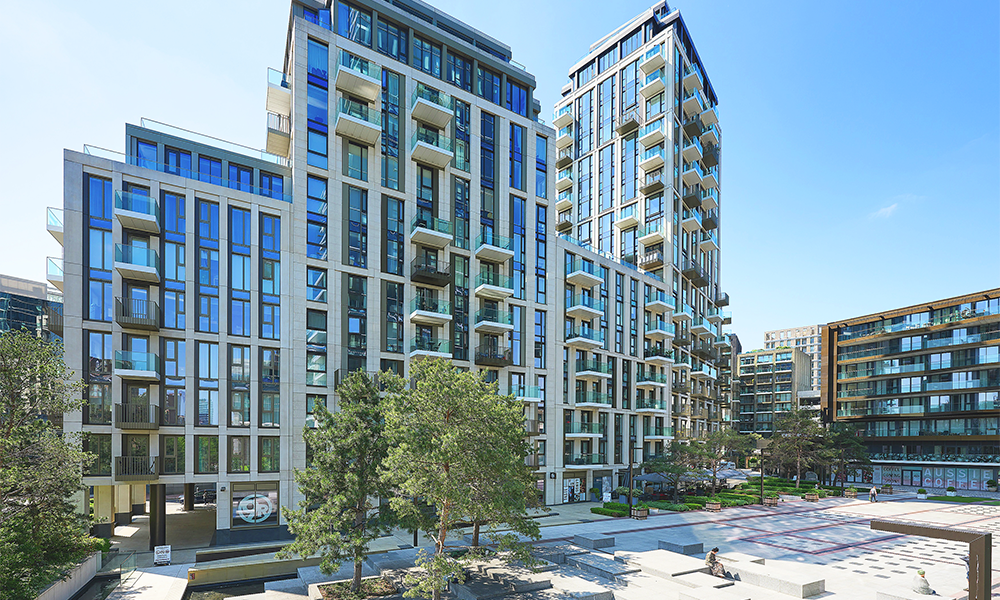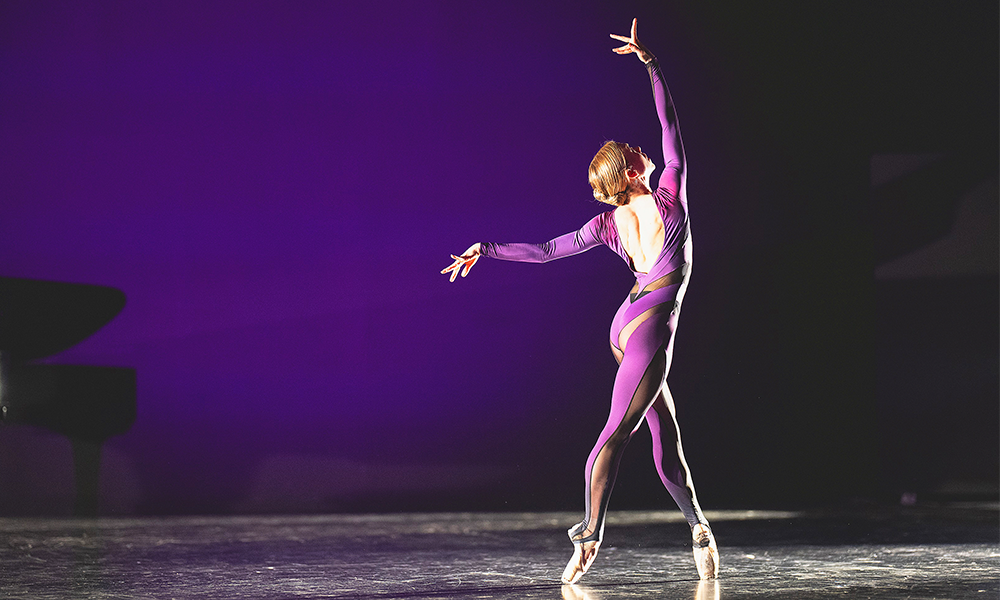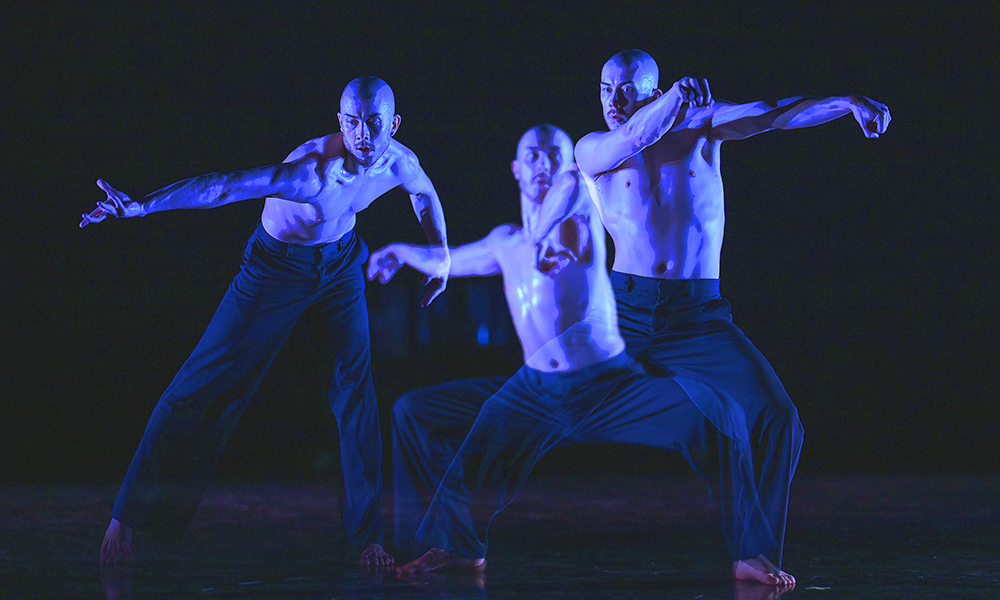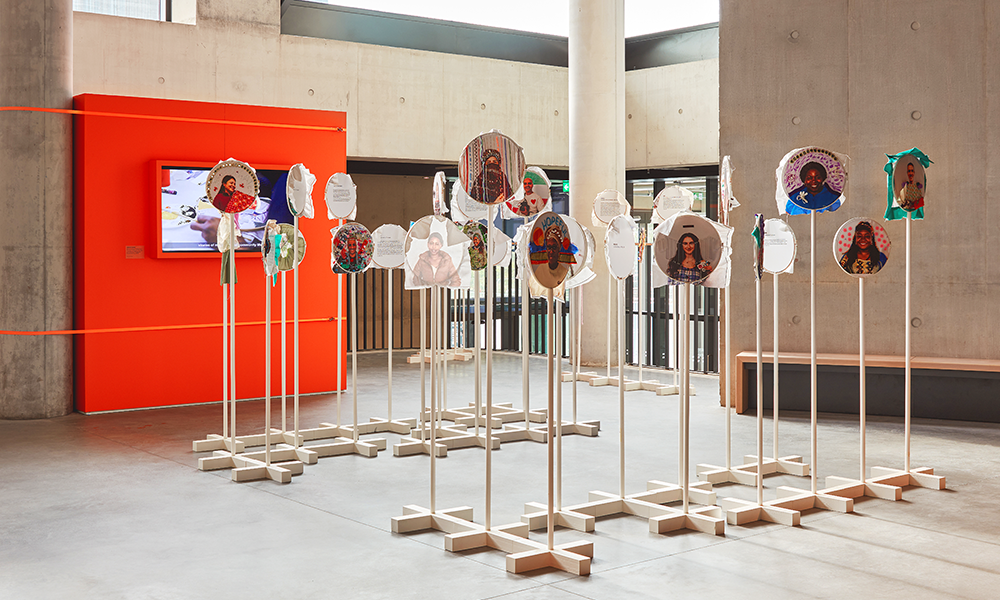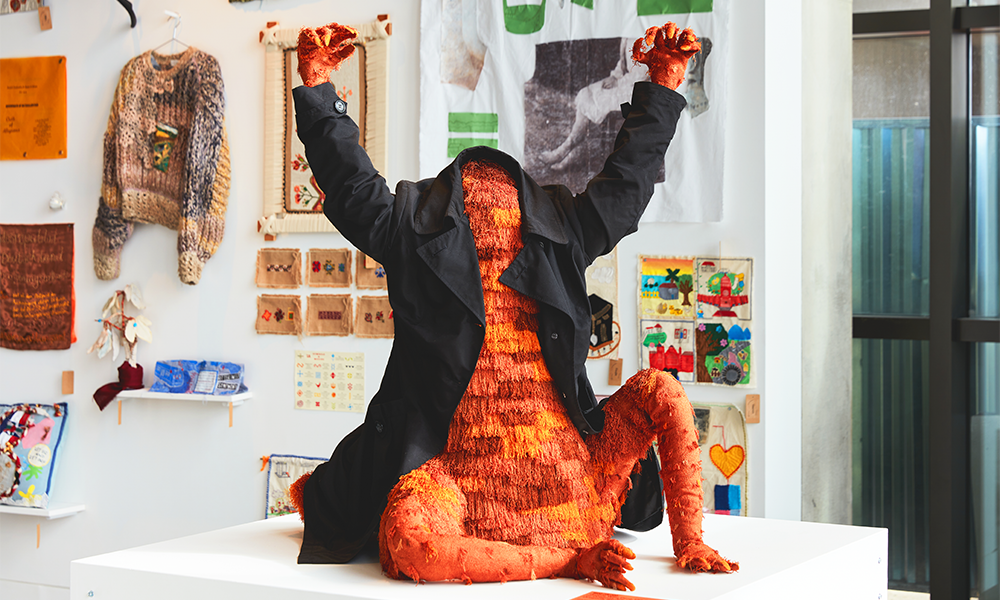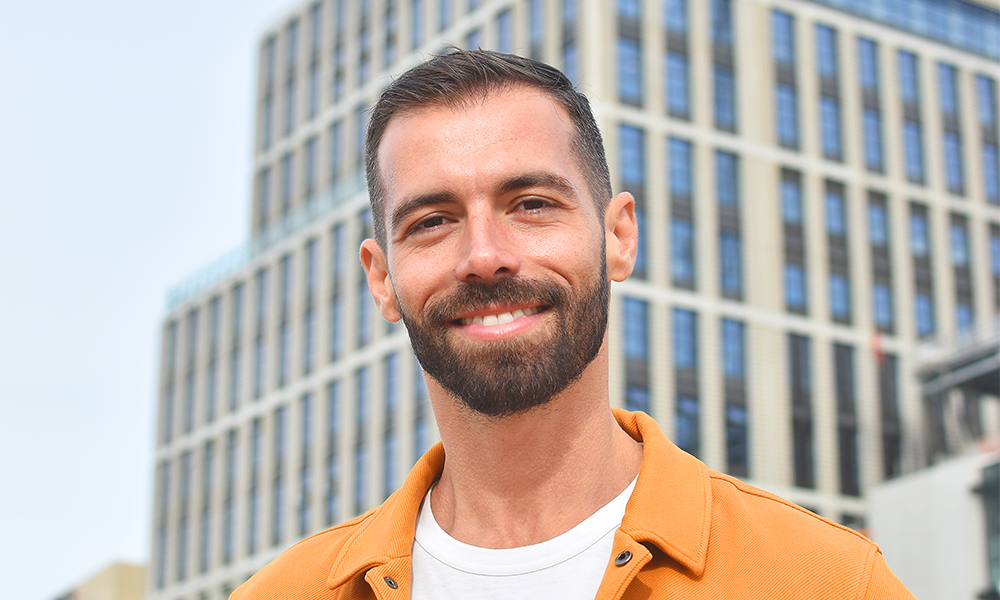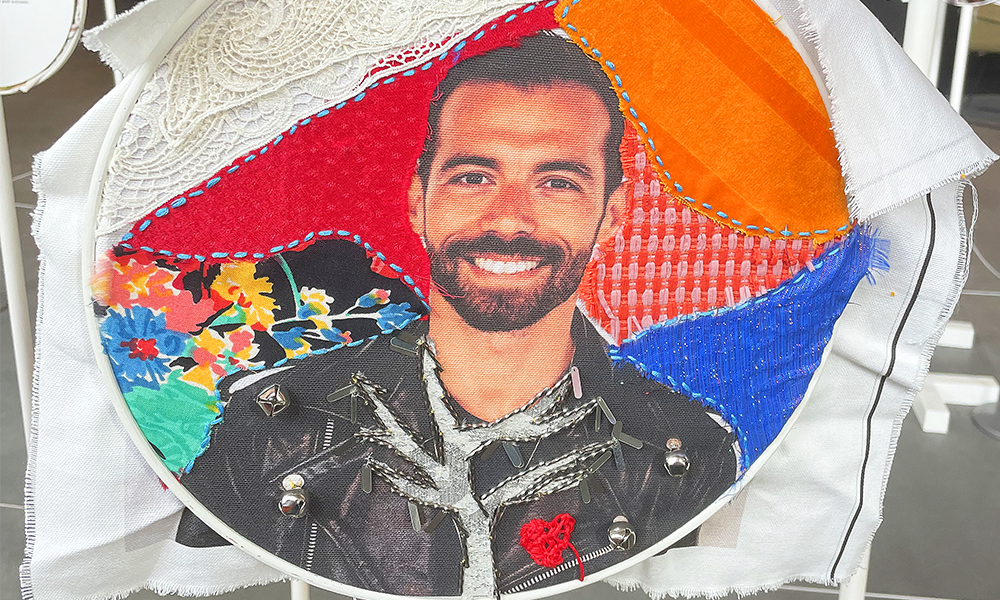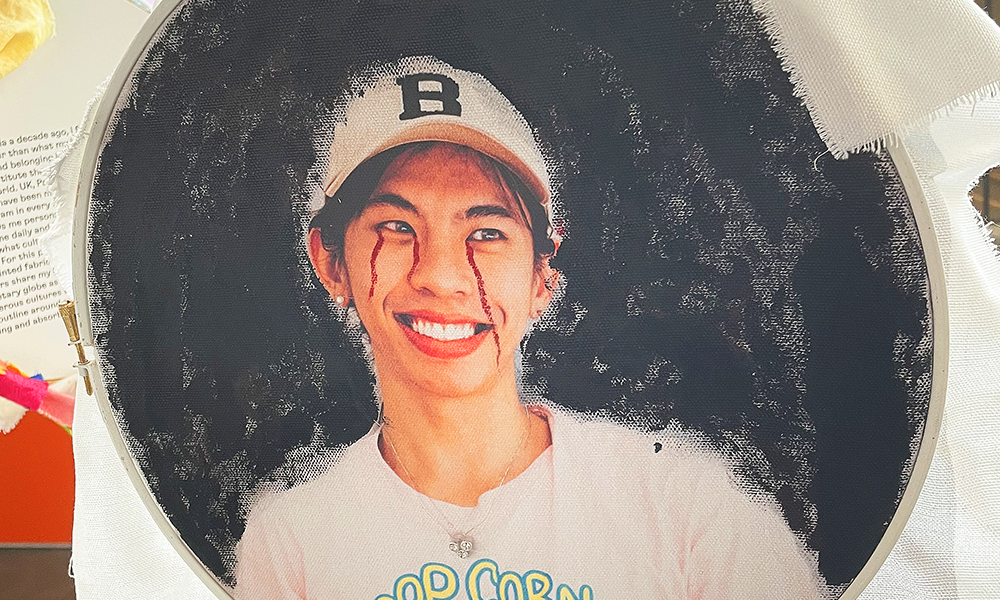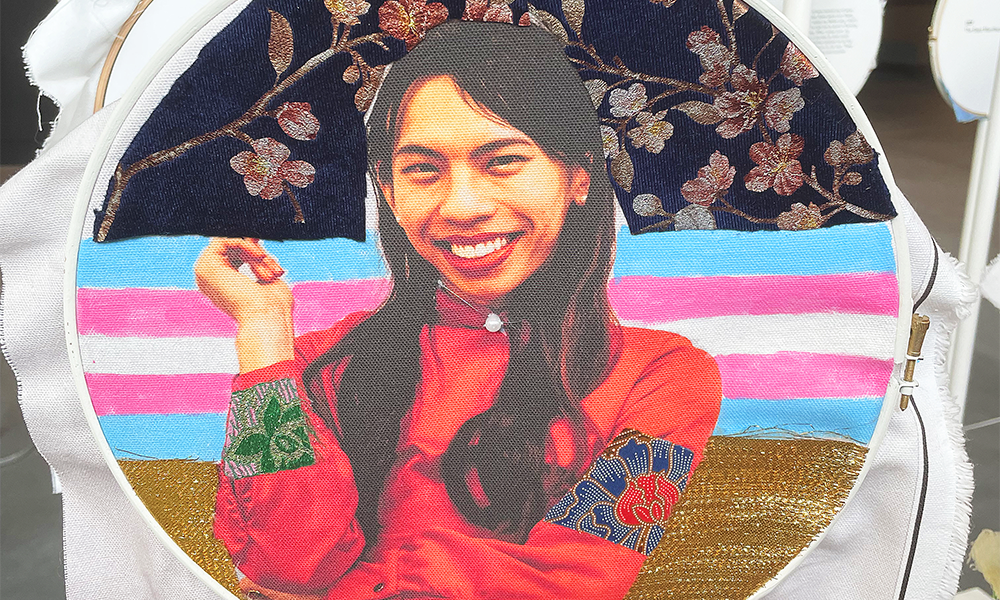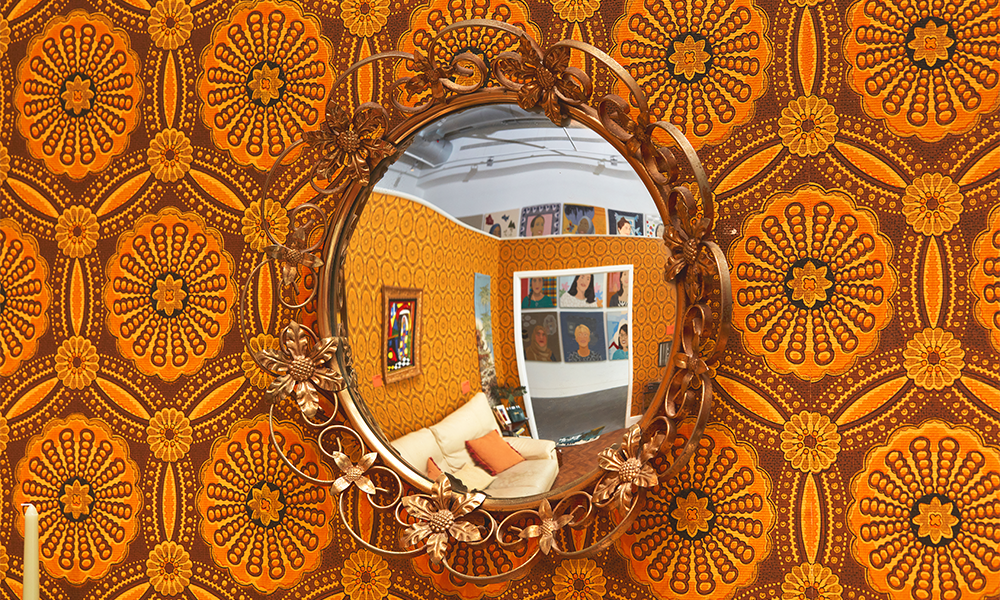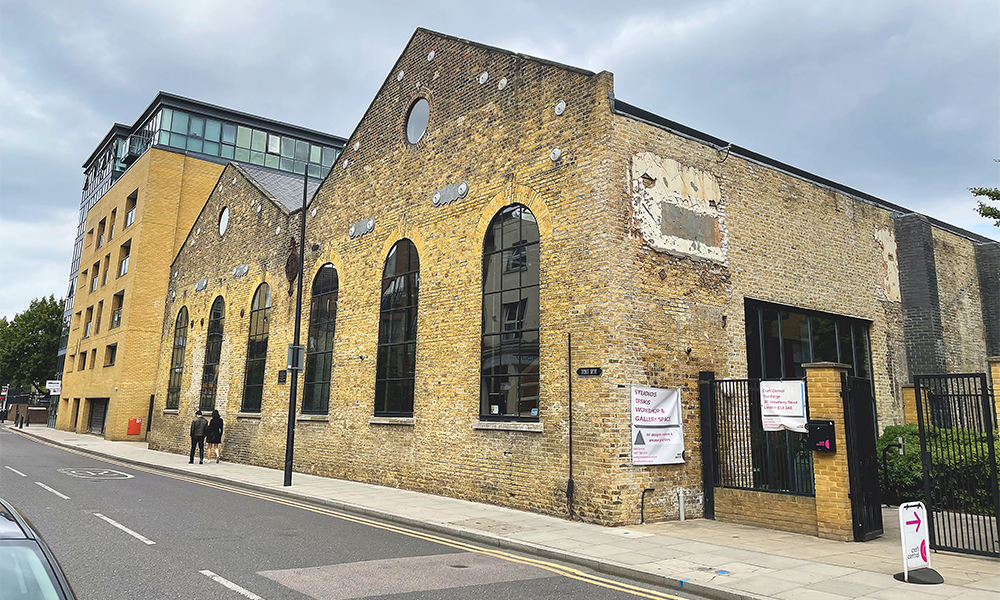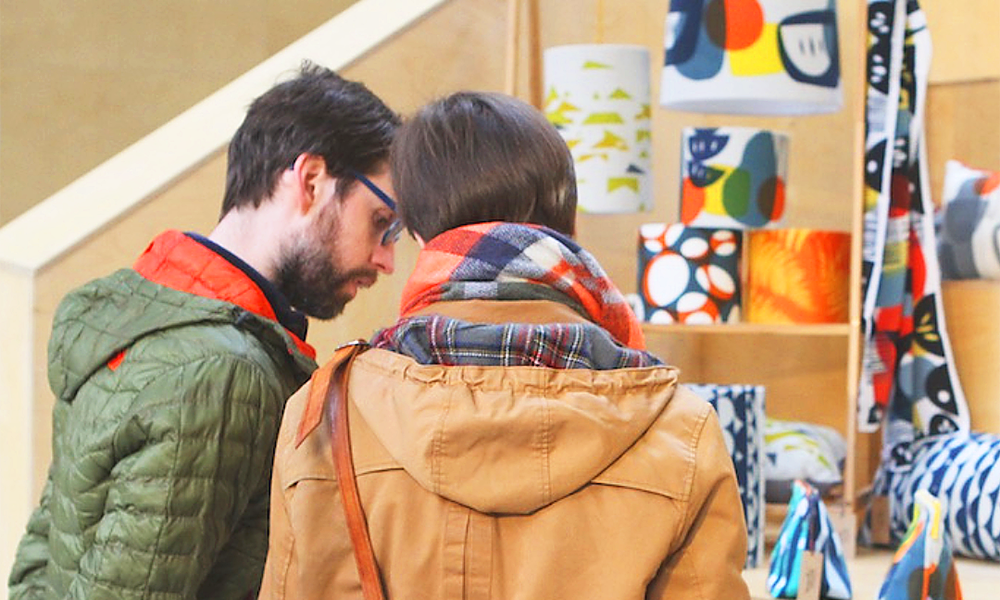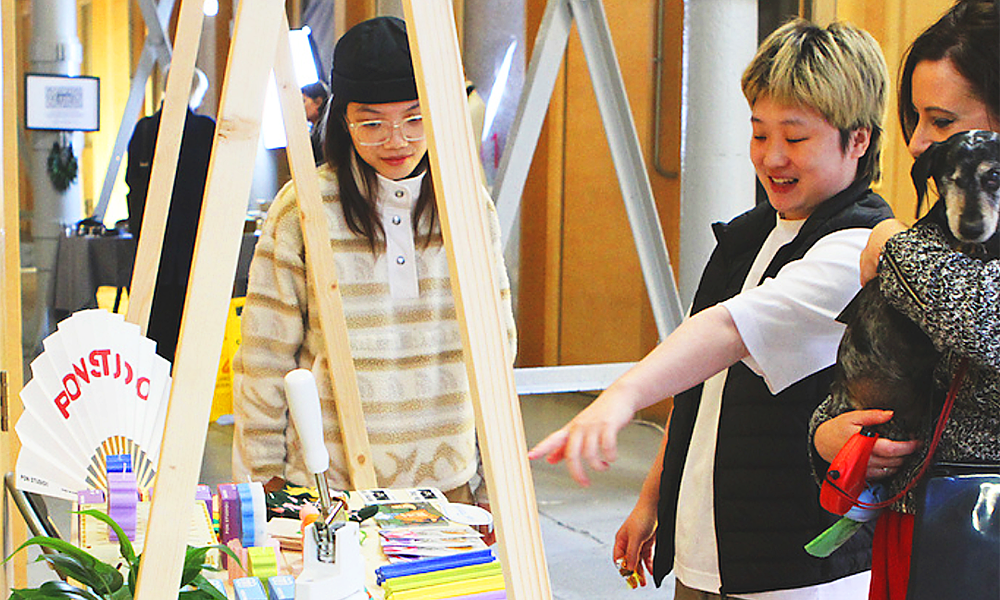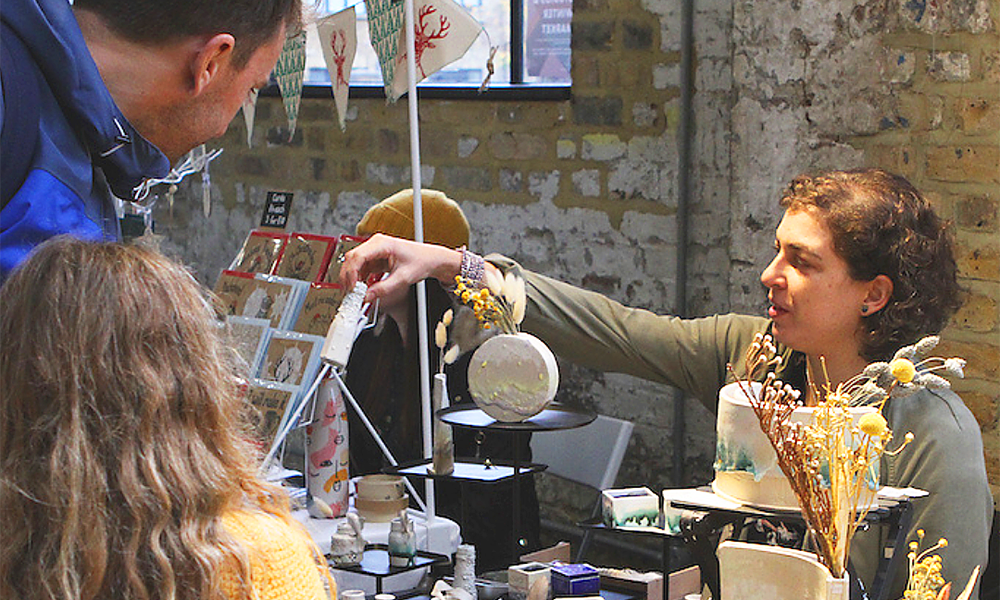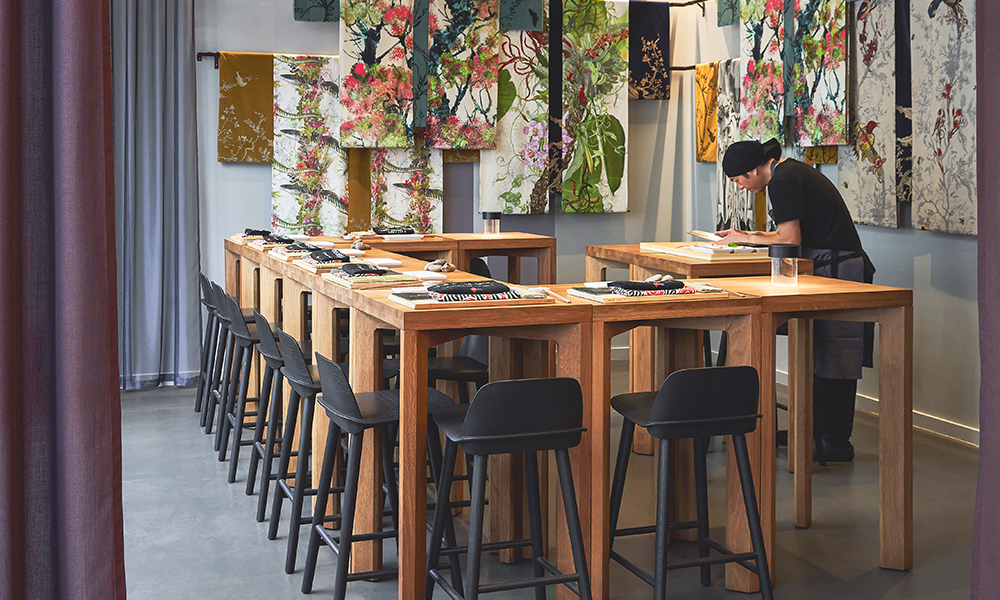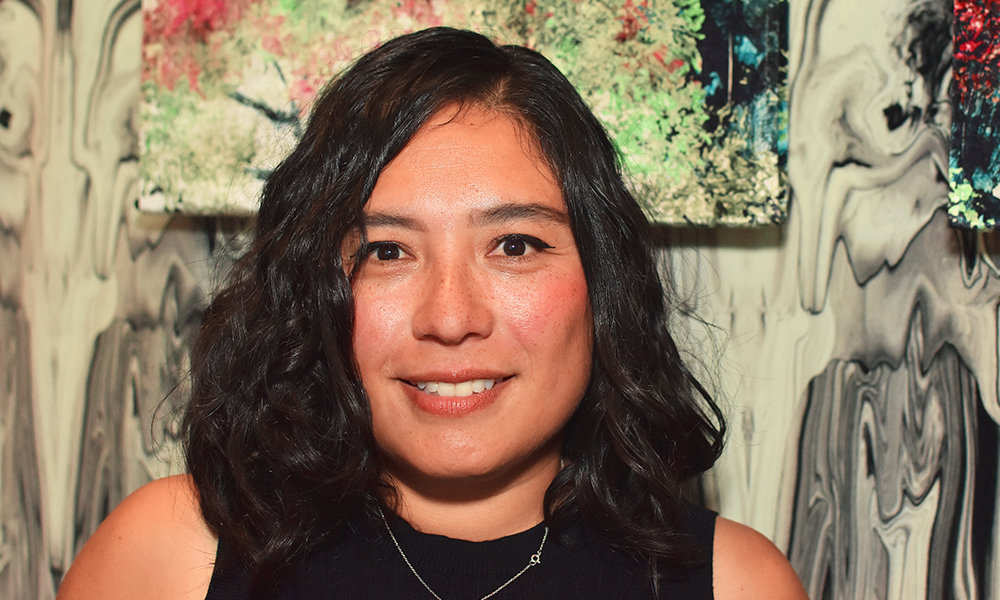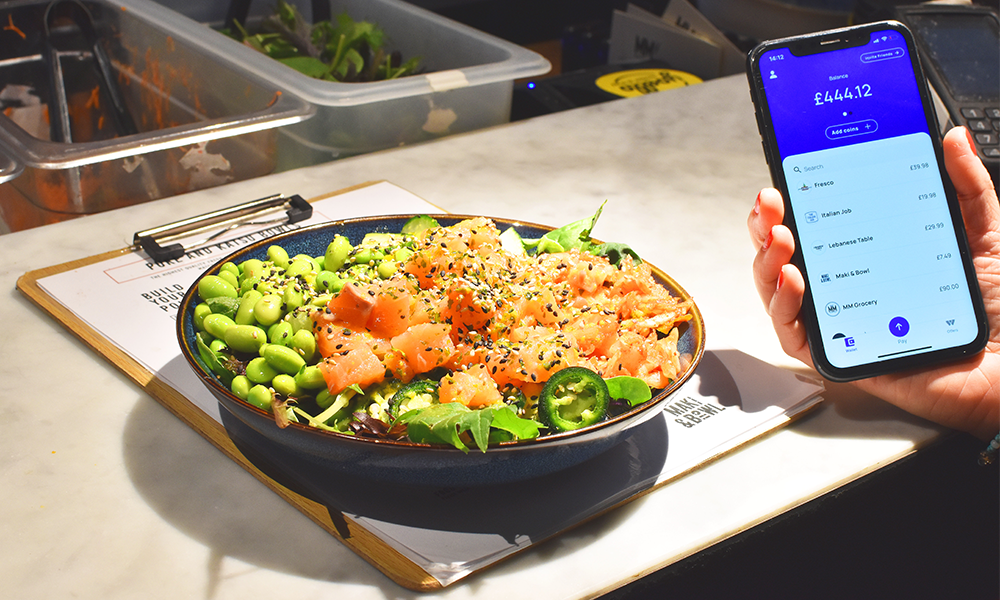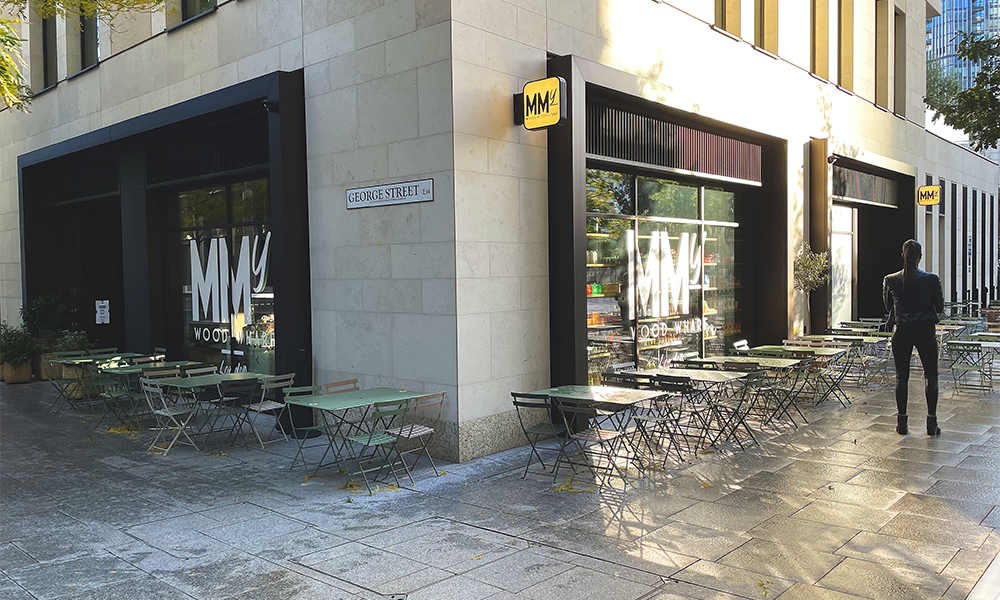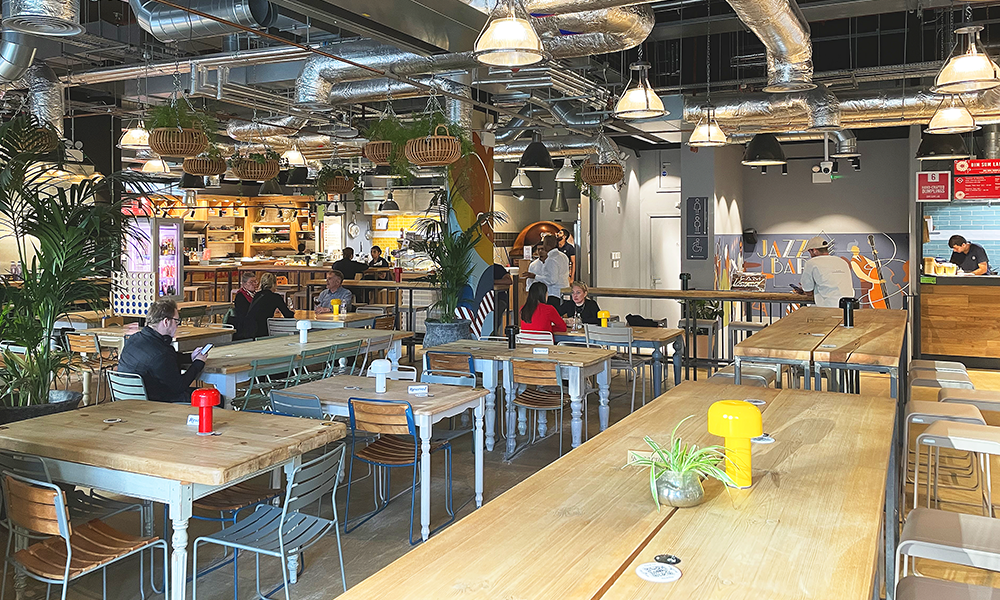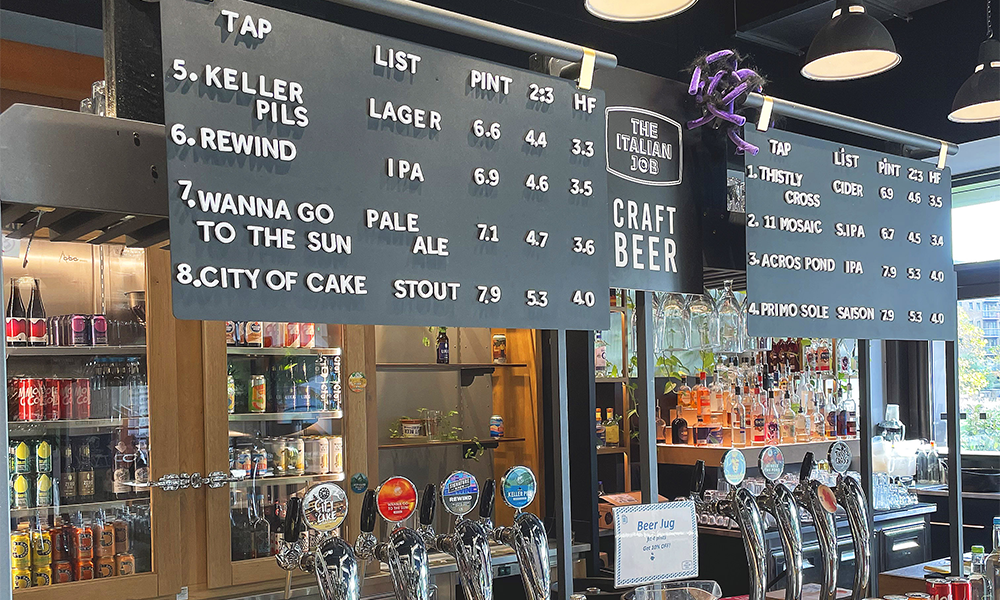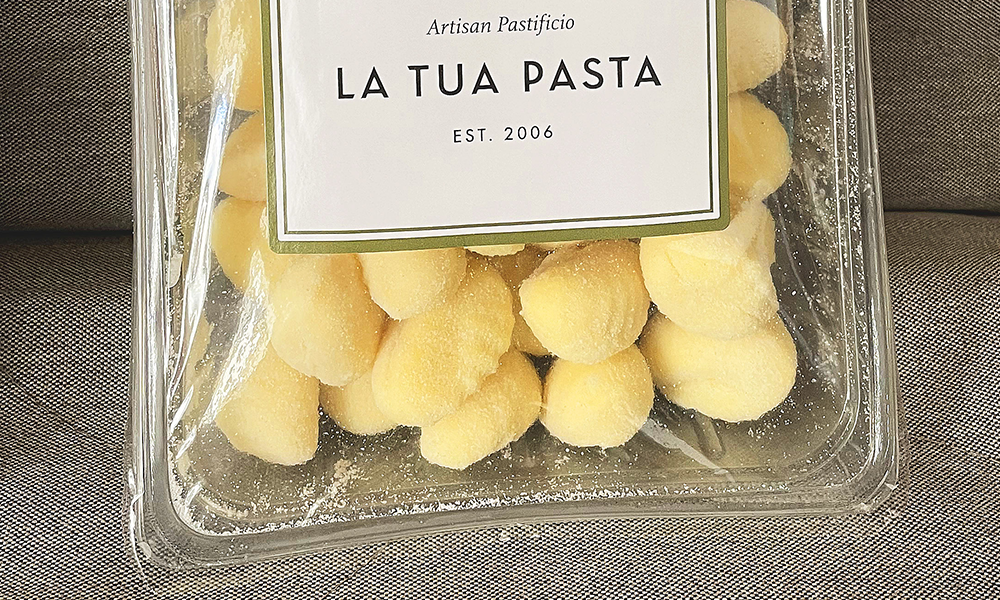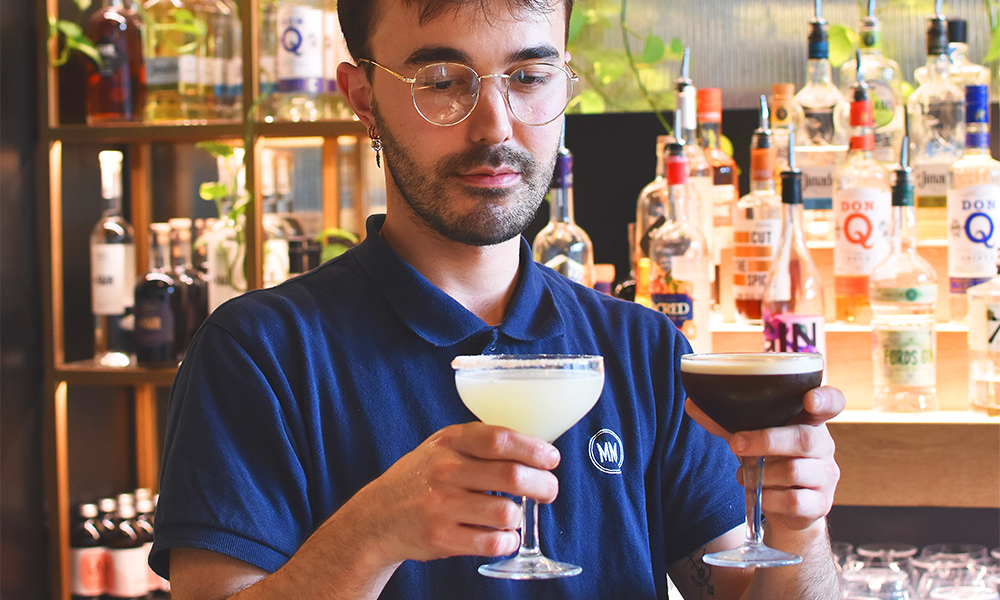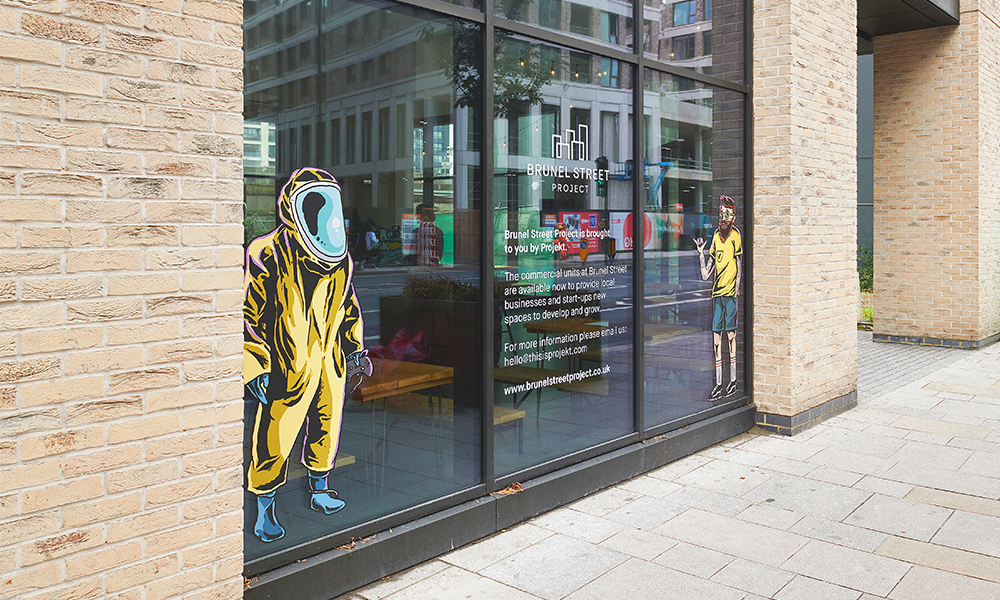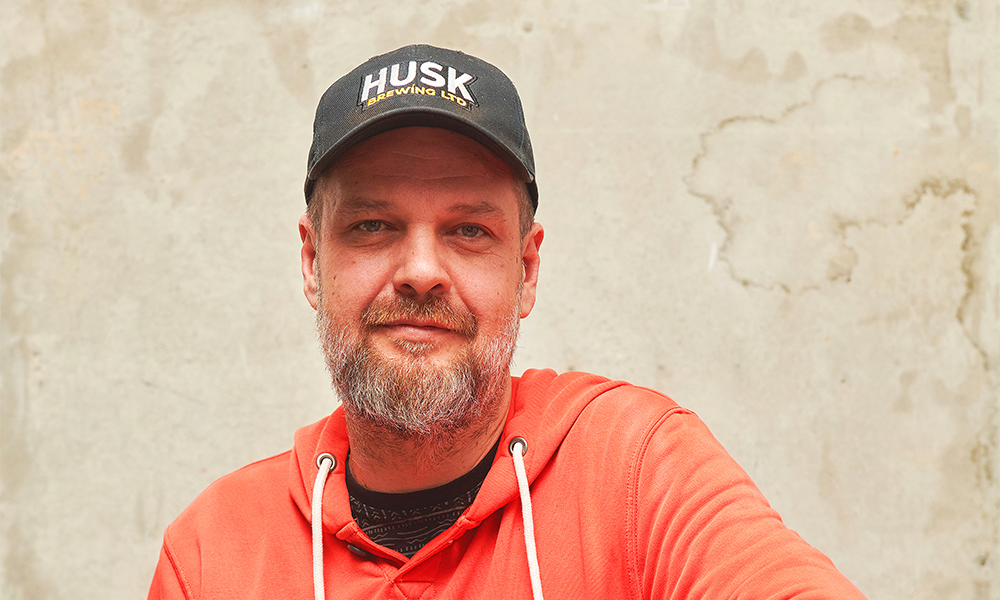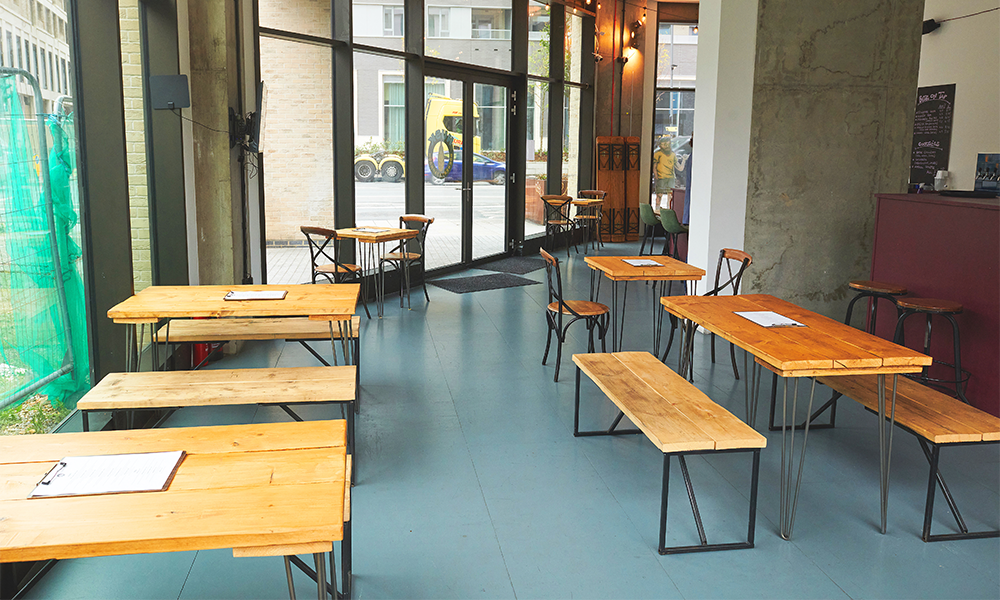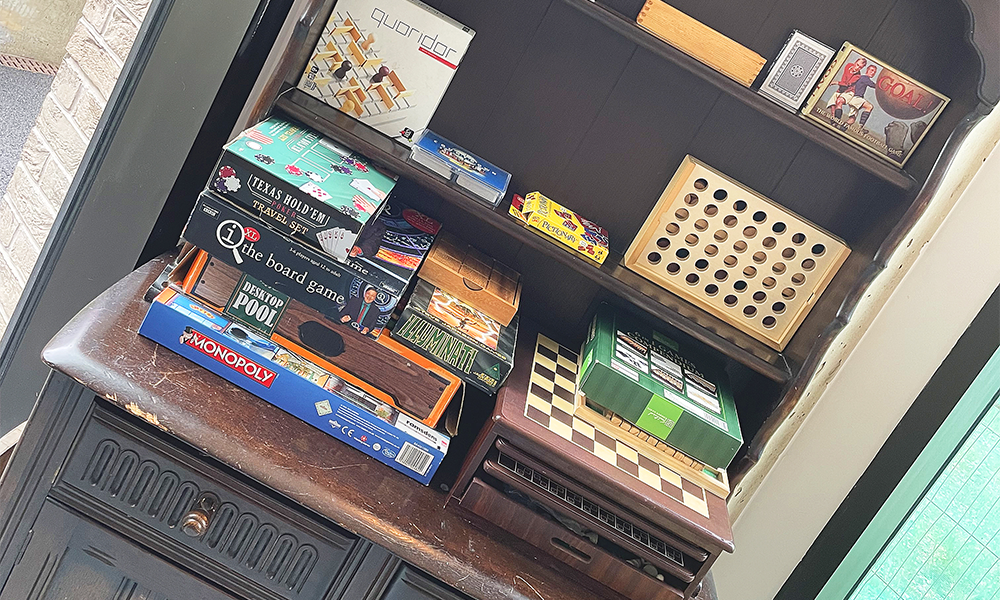The treatment uses radio frequencies and electrical stimulation to exercise facial muscles with the aim of creating a more youthful appearance

Subscribe to our free Wharf Whispers newsletter here
There’s a new beauty treatment in town. Third Space Spa in Canary Wharf’s Canada Square recently added Jovena Face Stim to its extensive range of aesthetic and wellbeing services.
While the largest luxury health club in Europe has plenty of ways to train the body’s muscles, the spa’s new machine offers a way to work out facial muscles with the aim of tightening and toning the skin to give clients a healthier and younger appearance.
The treatment, which costs £250 per session, promises visible results after the first application, with a course of six recommended.
Third Space is currently offering customers £50 off their first treatment. Those booking five sessions will get a sixth for free.
what do you get for your money?
Each session lasts approximately one hour, which includes cleansing, radio frequency therapy and muscle stimulation.
tell us more
“It’s a two-part facial, although you can also have them done in isolation,” said Third Space Spa therapist, Samelia Connor.
“The Jovena Face Stim treatment begins with a radio frequency procedure, which tightens the skin and boosts collagen production.
then what happens?
“The second part is the facial stimulation,” said Samelia. “It causes contractions in the face, so it’s working the muscles to create a lifting effect for the skin.
“We can target the right muscles to achieve the effect. In combination, you get tightening and lifting, which works with your existing skin regime.”
what are the benefits?
“From what I’ve seen with my clients, it gives them a more youthful appearance and I feel like that’s something everyone is looking for,” said Samelia, who has been a therapist for more than seven years, relocating to the UK from the Caribbean following a hurricane.
“Even if, like me, you’re in your 20s, you still want to look fresh.”
how does it feel?
“It’s quite relaxing,” said Samelia. “When someone invests in their skin, I feel like they know the procedure will benefit them and when you see the instant results, you feel like you’re getting your money’s worth.
“For longer lasting results, I would recommend the full course of six. It’s for men and women.
“Before there was a stigma about men getting treatments but now it’s seen as self care.
“Whoever you are, if you’re doing a presentation or appearing at an event, you want to look your very best.”
THE DETAILS
Jovena Face Stim, Third Space Spa
- The cost per treatment is normally £250 per session
- Third Space Spa’s introductory offer is £50 off a first treatment
- Therapists recommend a course of six treatments for longer-lasting results. The spa offers six for the price of five
- The two-stage procedure takes around an hour to complete
- Instantly visible results are promised after one session
- Third Space Spa is accessible to members and non-members at Third Space in Canada Square. A first Jovena Face Stim costs £200.
Find out more about Jovena Face Stim at Third Space Spa here
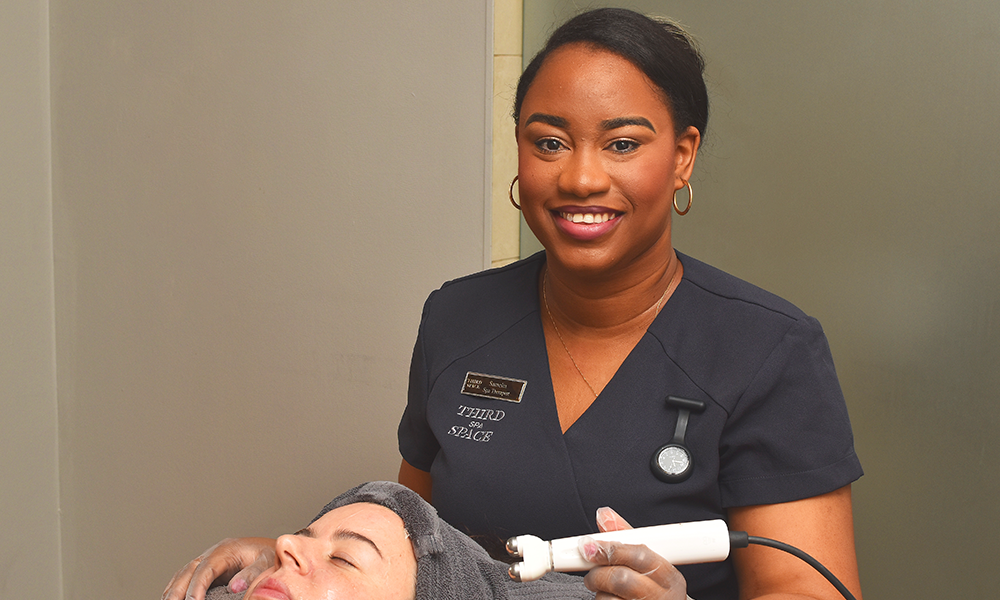
TRIED AND TESTED
By Jess Maddison
I am – in some ways – the ideal candidate to experience this treatment for a review.
My body has been blessed with many things, but prominent bone structure is not one of them.
I am therefore a good guinea pig to road test a treatment that claims to produce results of lifting, sculpting and tightening after only the first session.
Before my appointment at Third Space Spa for the Jovena Face Stim, I’ve also accidentally gone out every night for a week and my skin is definitely a bit dull and dehydrated.
The treatment is meant to promote a refreshed appearance, so I’m giving the technology a serious challenge.
To start things off, my face is cleansed. Then it all gets a bit unusual.
Conductive gel is applied and a little, warm device is moved over one half of my face. It’s like a small, friendly koala is massaging me with his tiny fingers.
This is the radio frequency treatment – the part that stimulates collagen production and, once I got used to the sensation, it was quite relaxing.
Then comes the next step and things get even more unusual.
This is the part where the therapist stimulates the muscles in your face like a mini gym work out.
It’s done with the same wand, but the koala has gone on his break.
The first jolt is definitely a shock – it’s like nothing I’ve ever felt before. Is it an electric pulse? Suction? It feels a little bit like an epilator.
It pulses all over one half of my face and this is where my therapist Samelia’s professionalism comes into play.
While the first few applications are a bit alarming her soft, hushed tones are there and she makes me laugh.
It’s not the most comfortable I have been in my life, but by the time we get round to doing the other half of my face I’ve gotten so used to things I’ve zoned out and am thinking about something else entirely.
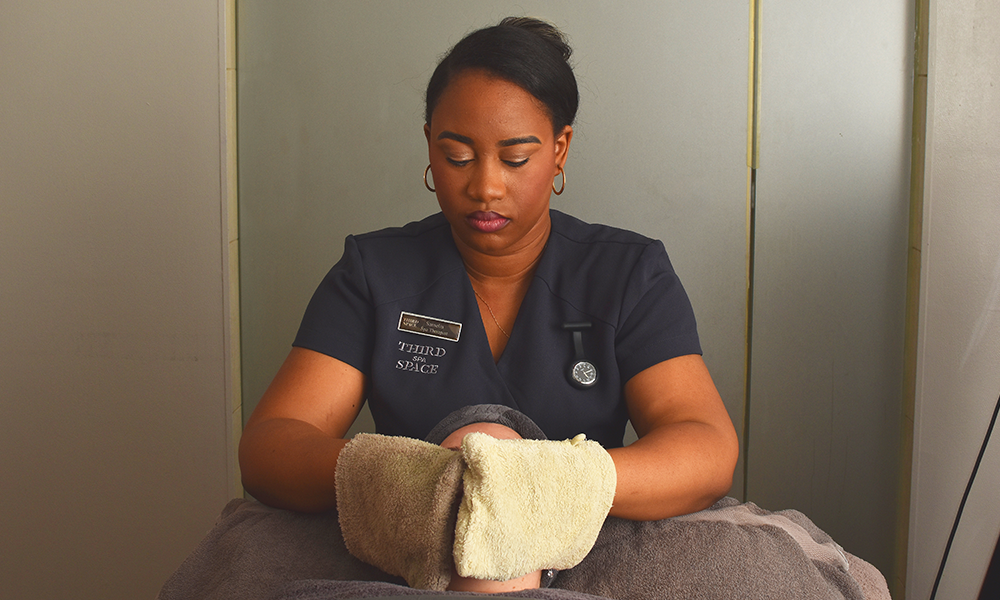
The session ends with the removal of the conductive gel and a soothing application of moisturiser.
The results? In the mirror there stands before me someone who’s apparently had seven nights of blissful eight-hour sleep and green tea before bed.
The puffiness under my eyes is gone and it’s the same for my cheeks.
My skin is glowing, hydrated, smooth and tight. But that isn’t all.
The changes are subtle, but definitely there.
There is, without doubt, a small part of my chin that has been sucked up into my jaw.
The sides of my face are straighter and – what’s this? I can actually see an ever-so-small curve of a cheekbone.
Days later my skin feels just as smooth.
I’m amazed the results are still there when I wake up.
This is definitely not a typical facial but, with effects like these, bring on more koala massage and face pulsing.
Read more: How Level39-based WyzePay offers discounts at MMy Wood Wharf
Read Wharf Life’s e-edition here
Subscribe to our free Wharf Whispers newsletter here
- Jon Massey is co-founder and editorial director of Wharf Life and writes about a wide range of subjects in Canary Wharf, Docklands and east London - contact via jon.massey@wharf-life.com





